The deadly legacy of war in Iraq
Humanity and Inclusion is currently clearing weapons in areas of Iraq contaminated during the recent conflict with the Islamic State group and the Iran-Iraq war in the 1980s.

A team of Kurdish weapons clearance experts in Kalar, Iraq | ©Oriane van den Broeck / HI
Humanity and Inclusion’s demining teams initially focused on Jalawlah in Diyala governorate in 2016, before extending their operations into Kirkuk governorate in 2017.
Making it possible for civilians to return home
Some 115,000 internally displaced people currently live in Diyala governorate. As civilians began returning to their home city last year, HI launched an emergency response to ensure it was safe for the returnees. The Islamic State group laid multiple improvised explosive devices on farmland and in urban areas. The level of contamination is unprecedented in the history of weapons clearance and every month on average there are more than 300 incidents involving improvised explosive devices. In Kirkuk governorate, HI has cleared 322,126 square metres of land, the equivalent of 44 football fields, and destroyed 1,719 explosive devices.
Technical challenge
Improvised mines and explosive booby traps represent a considerable technical challenge and teams have been specially trained to identify and neutralise them.
Onerous legacy of the Iran-Iraq war
HI’s teams have begun clearing land contaminated during the Iran-Iraq war from 1980 to 1988. Mine clearance experts are currently focusing on an area three kilometres from the village of Gorashala in Diyala governorate. They have identified some 20 anti-personnel mines, detonators and unexploded ordnance. The road used by the experts still shows traces of shell damage from the conflict.
The clearance experts use metal detectors to find anti-personnel mines. The mine action authority then detonates the explosive devices found by HI.
Constant threat
HI provides the local population with mine-risk education. Although the number of incidents has fallen, some shepherds continue to graze herds on land designated as contaminated. People also occasionally clear anti-personnel mines themselves to reuse or resell explosive components. HI will therefore continue to provide local people with mine-risk information.





